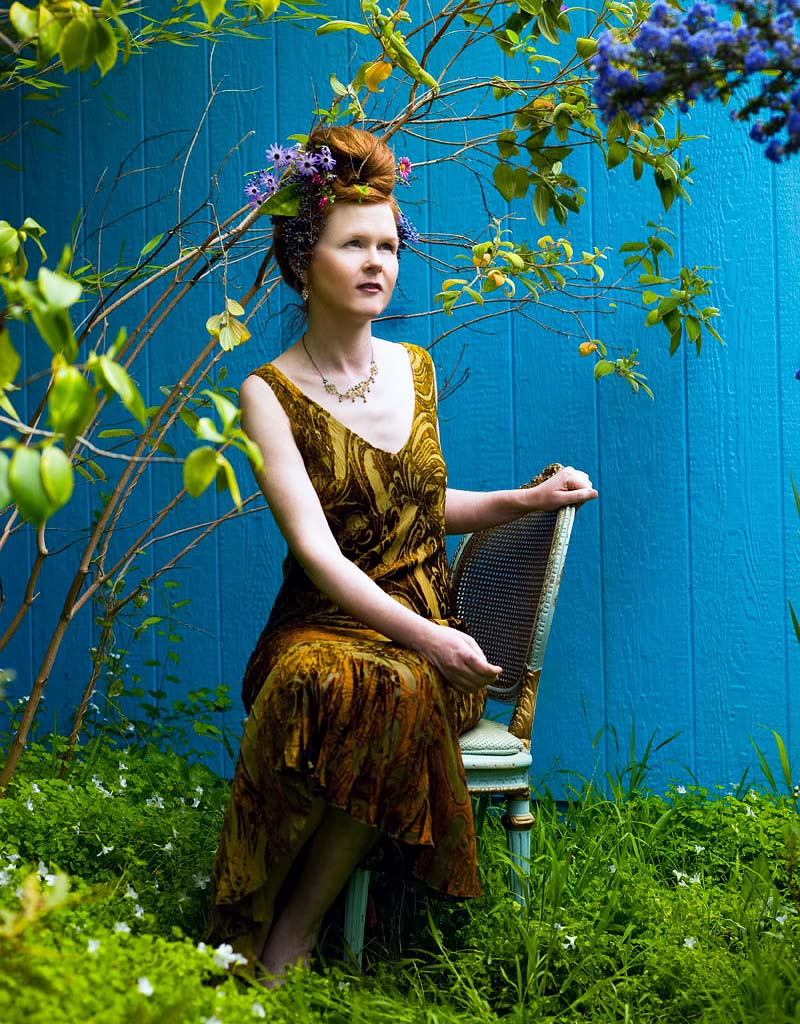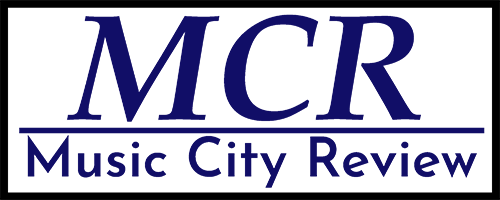New from First Hand Records
Sarah Cahill’s The Future is Female Volume 1: In Nature.
Pianist Sarah Cahill is no stranger to tackling specific themes for her hefty piano-based output. With past projects revolving around piano music on the subject of peace (A Sweeter Music), childhood (Playdate) and others, her new project The Future is Female is a sweeping undertaking. Live, it is a flexible program that can be anything from a typical recital performance to a marathon of four to seven hours, drawing on more than 70 women composers from around the globe and across the centuries. When committing selections from this project to a recorded medium for release, Cahill has planned a trilogy of albums, the first of which is available now.
Splitting The Future is Female into 3 separate volumes is by no means an attempt at unnecessarily stretching out the series of recording – the first collection of ten pieces clocks in right around 70 minutes. As a lover of book trilogies, art triptychs, and vinyl triple LPs, this reviewer was enthused about the scope and presentation of this project from the opening lines of the press blurb. An emphatic demonstration of the proliferation of music by women composers that were never introduced into the classical piano canon, Cahill writes that The Future is Female “aims to be a corrective towards rebalancing the repertoire”. Noting as well that this is merely an overview of the possible musics available, representing “only a small fraction of the music by women which is waiting to be performed and heard.” And indeed, through the run time of Volume 1: In Nature, the breadth of hearing music chronologically from the late Baroque era to the present day does instill the feeling of barely scratching the surface.

The pieces included on this lead-off effort to the trilogy are rich and varied in their subject matter and approach to composing. Some of the shorter selections could be integrated into a curriculum for intermediate study, for those looking to broaden the repertoire they assign to their own private studios. Birds at Dawn, from Fannie Charles Dillon’s “8 Descriptive Pieces, Op. 20” is included, which fits a number of beautifully contrasting sonorities and flutters into its short 3-minute run time, and is a great example of brief programmatic music that a student could delve into—it is more technically accessible than Messian’s bird catalogs or Liszt’s legends. Again, the inclusion of just a single movement from a set of eight highlights that these selections on the release are an introduction and jumping off point for the listener to seek out more.
Cahill’s performances across this album also serve to show her flexibility as a pianist and interpreter. While deft touch is required for the Dillon and for Anna Bon’s late baroque Keyboard Sonata in b minor, more lush romantic voicings are displayed admirably in the surprisingly rich offerings from Fanny Mendelssohn (two of her Lieder Op. 8) and Leokadiya Kashperova (a single movement from In the Midst of Nature, a 6-movement suite for solo piano). Recorded at a church in California with Matt Carr, the sound mix across the album is a treat for the ears, generally erring on the side of a close-up mix with rich low end, but with pinging higher frequencies that remind the listener of the size of the room when necessary. Occasionally in the loudest moments some buildup of middle frequencies creates moments of brief muddiness during the loudest moments, most noticeably in the Vitezslava Kapralova pieces and opening movement of the Agi Jambor sonata.
The Jambor Piano Sonata: To the Victims of Auschwitz is a particularly effective piece for inclusion on this album, recorded in its entirety. The first movement is a turbulent allegro appassionato, with rhythmically insistent motives that demand the listener never tear their ears away for even a moment. Angular contrapuntal lines are interspersed with more tonal vertical chordal passages. The second movement “Epitaph” is, in contrast, subdued and meditative, with just a couple dramatic swells, remaining in a contemplative or meditative state throughout. While the third movement also is mostly bombast, the coda of the movement to close out of the sonata is a minute of pianissimo unease, with a solitary Bb major chord to bring a sense of finality to the work. Each movement is recognizable in texture and theme for its own sake, but the piece in its presentation as a whole is very memorable, and including the entire sonata on this album was an excellent choice.
Volume 1: In Nature devotes the last few tracks to pieces from three living composers. These too exhibit great contrast, showcasing the unique and varied approaches to piano in the 21st century. Eva Beglarian’s piece “Fireside” contains spoken word (a surprise to hear a human voice come out of the speakers after a solid hour of solo piano music). Deirdre Gribbin’s “Unseen” is an interestingly lopsided composition, with booming low end and clashing high clusters that give way, through softer and softer repetitions, to a second half of quietly descending figures. Finally, Mary D Watkins “Summer Days” ends the album with fascinating arpeggiations and halting jazzy rhythms.
With this first album of The Future is Female, Sarah Cahill has given a strong start to the process of recording her mammoth project. The smorgasbord of composers and single movements of larger sets encourage the listener to use this as a jumping off point for further edification – 70 minutes of music quickly expands to much more as one follows the rabbit trail to find the full compositions elsewhere! The inclusion of a few full sonatas and several standalone pieces serve to give this album a complete feel rather than solely a sampler, a balanced programming decision by Cahill. With much to explore across these 10 pieces, the time will fly by until the following two additional albums are released. Sarah Cahill’s The Future is Female Vol. 1 In Nature is available from First Hand Records here and Vol. 2 at Play is due to be released in September, 2022.



